Lichen Facts | Mysterious Life Form Revealed
Posted by Kevin Clement
in Of Interest
Apex co-founder Kevin Clement reveals the fascinating world of lichens, one of the strangest and most intriguing living creatures on Earth. To learn these compelling lichen facts, give this insightful article a read.
An Eclectic and Satisfying Find
There were many artistic and historic items with broad appeal in the auction we held on our Antarctic voyage…and then there were a few that would tempt only those with more eclectic tastes. Among these was one that instantly caught my eye. So, when it went up for bid, I put my hand up immediately. I was the successful bidder—in fact, the only bidder—and I acquired my object for $20.
It was a book. Large-format, with a plain gray cover bearing the words “British Antarctic Survey Scientific Reports No. 89: Macrolichens of South Georgia (1974)”—a title, you must admit, that really defines “eclectic”. In fact, so esoteric did the subject matter seem, and so unprepossessing the presentation, that Peter Harrison had offered it for auction by emphasizing its value in combating insomnia.
Nor would the actual content of the book succeed in enticing many readers. As I opened the stiff cardboard cover, the first sentence my eye fell upon read “Primary thallus squamulose, evanescent or persistent. Podetia simple or sparingly branched, scyphous or ascyphous, often squamulose, isidiose, or sorediose.” It was a description of the characteristics of the Subgenus Cladonia, and every page was laden with the same sort of dense technical jargon. Not exactly a page-turner.
Strange and Intriguing Creatures
I, however, was well satisfied with my purchase, for a couple of reasons. For one, the quirky esoteric-ness of the thing appealed to me—it’s such an odd and, to most people, obscure thing to have around, I figured it would be a great conversation-starter. But I didn’t see the subject matter as abstruse—because I knew that buried within that impenetrable prose there lay a doorway to a fascinating world: the world of lichens, one of the strangest and most intriguing living creatures.
Many of you will know that a lichen isn’t even a “creature”, in the usual sense, but a partnership between at least two separate life forms. One of these is always a fungus, the other a photosynthetic organism, generally an alga. Working together, they can colonize places where neither could possibly survive on their own; in fact, the most extreme environments that can support life on Earth. Those facts are strange enough; but the rest of the story, which we are just beginning to understand, is even more mind-blowing.
A Few Lichen Facts to Ponder:
- A lichen appears and acts in every way like a single entity; yet it is actually a relationship, a symbiosis. Each of the partners has its own DNA, entirely separate from the other. Therefore, it is an organism defined not by its genetics, but by its life history. It defies our definition of “species”.
- The various lichen-forming fungus cannot exist without their partners. Attempts to separate the two and culture the fungal component individually are almost never successful. It is designed, and destined, to be part of an association.
- Besides an alga, the photosynthetic partner can be a cyanobacterium. Fungus, algae, and bacteria are from three separate kingdoms of life. That means they are as unrelated as organisms can be. We humans are more closely related to garden slugs or deep-sea anglerfish than are any of these creatures to each other. And yet, they have learned, in an evolutionary sense, to work together.
- There are some fungus-algae partnerships that also include a cyanobacteria—a three-way
- Some fungi can have different photosynthetic partners. They may partner with this or that alga, or with a cyanobacterium. But, even though it’s the fungus that provides the structure, the resulting lichen will look entirely different depending on the partner they find.
- What determines what symbiont a fungus will end up with? We don’t know. How did these various stable associations ever evolve? Complete mystery. How could two or three unrelated organisms ever reproduce sexually at the same time? Not a clue.
Lichens Have Found Home on South Georgia
Lichens are the dominant terrestrial life form of South Georgia, and many other harsh environments. On the island, there are around 200 species, compared to exactly 25 native vascular plants, and zero mammals. They are perhaps the hardiest and most ubiquitous living things on the planet, and yet one of the least understood.
You don’t have to look far to find unexplained mysteries on South Georgia…some of them are right under your feet. Or between the pages of an old gray book.
Intrigued by these lichen facts? Join us on our upcoming expedition to Antarctica, South Georgia and Falkland Islands to discover the fascinating world of lichens for yourself.

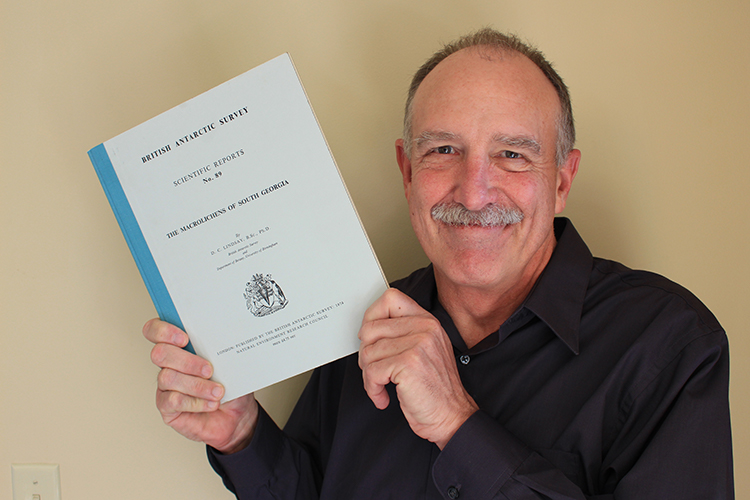
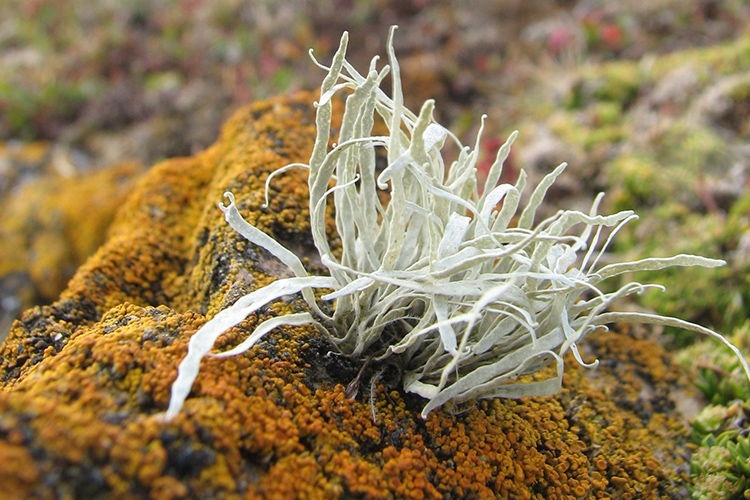
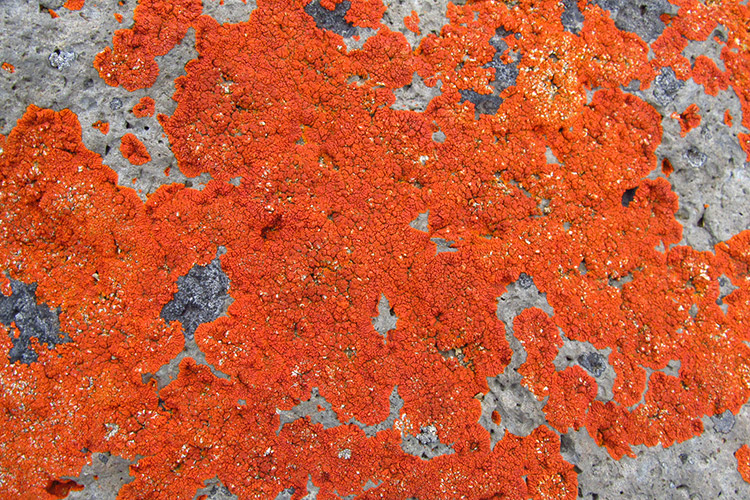
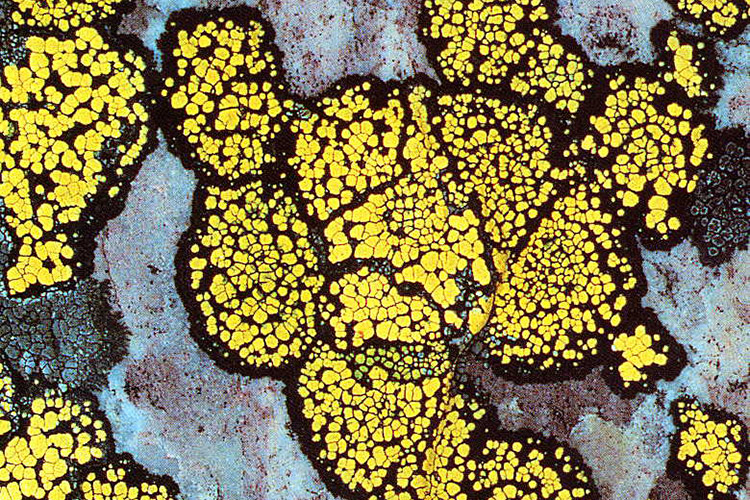
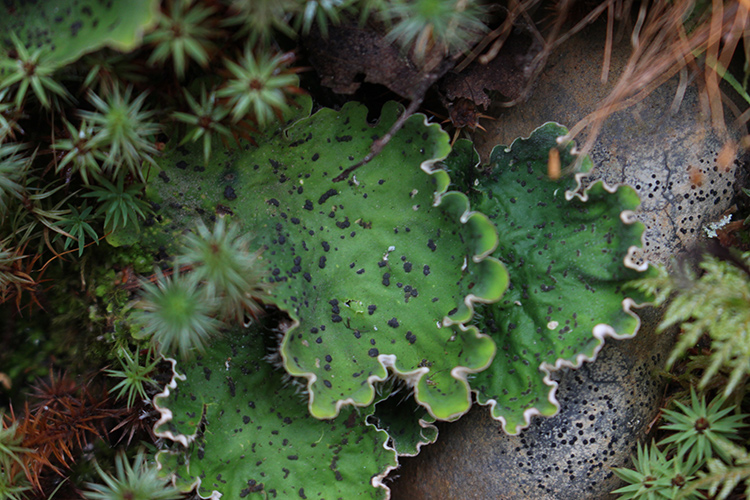
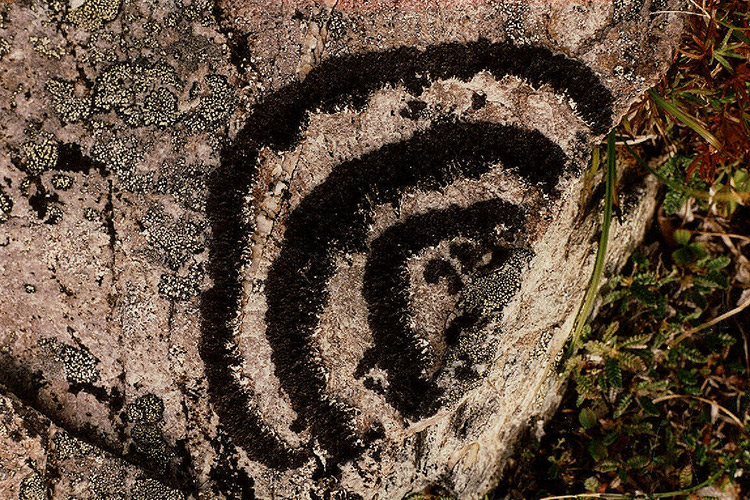
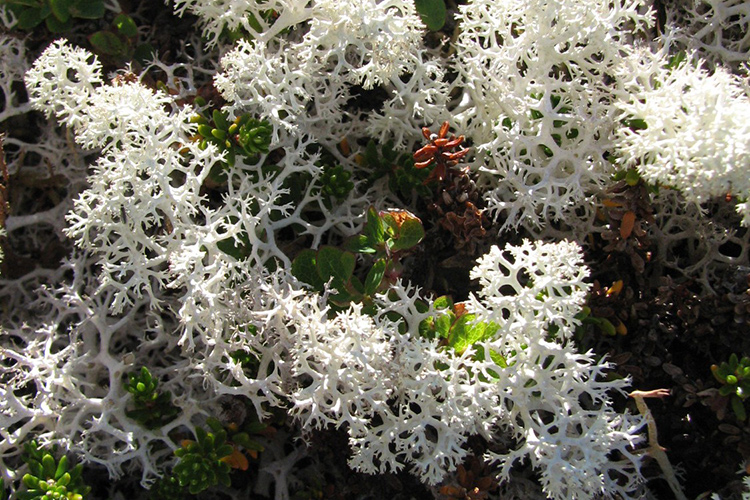
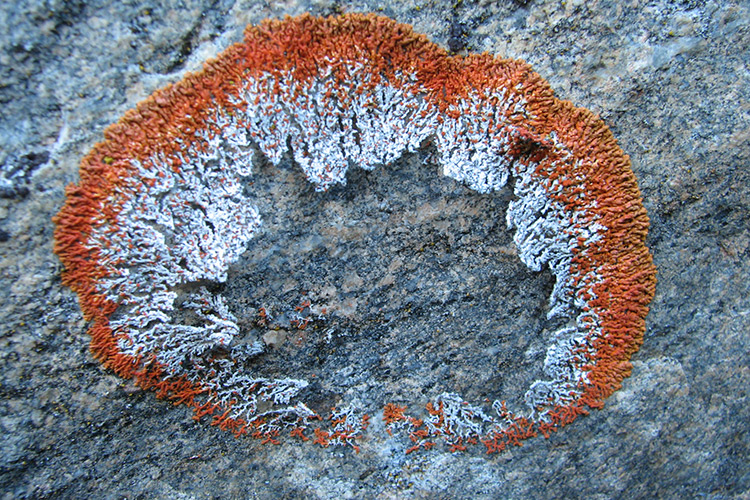
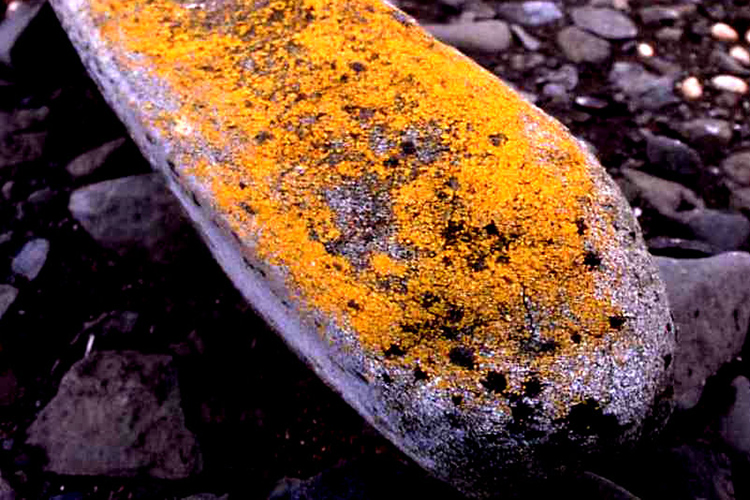
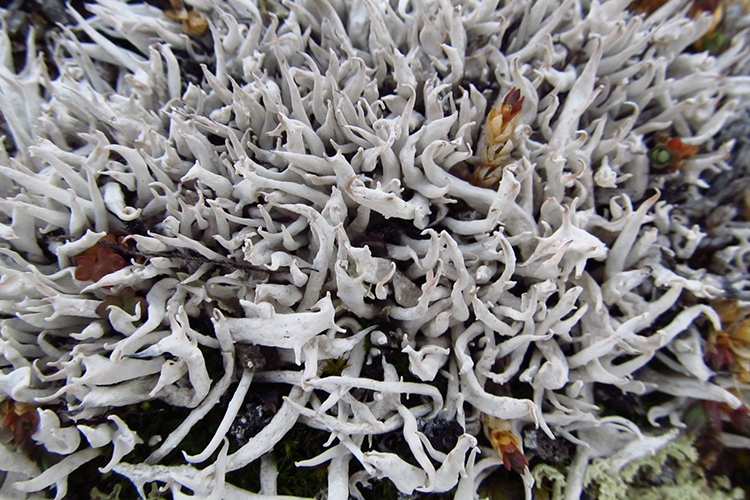
Thanks Kevin. Enjoyed the article and have always enjoyed traveling with you. Happy trails!